2-Day Advanced Course: Primitive Reflex integration – Karen Pryor (Digital Seminar)
Description:
As therapists, when we treat the causes and symptoms of motor delays, we can utilize alternate brain pathways to improve the effects of therapy.
Through neuroplasticity, we have the power to make this happen! It acts as an adaptive mechanism to compensate for lost connection allowing us to maximize remaining function!
From congenital abnormalities (Downs Syndrome, Cerebral Palsy, Angelman Syndrome, Prader-Willi syndrome and more….) to traumatic brain injuries, this course delivers new and exciting ideas on how to detour around damage and incorporate viable nervous system connections.
Dr. Karen Pryor, PT, DPT, will teach you:
- How therapy can change the brain and how neuroplasticity will improve motor skills in a child’s development
- Creative and evidenced-based approaches to incorporate into a multisensory learning experience
- The importance of diverse and novel activities during treatment sessions
- The link between primitive reflexes and development
- How to evaluate the influence of primitive reflexes and effects on the
- CNS developmental stages relating to motor function
Video case studies will demonstrate changes before and after integrative neuroplasticity treatments. The therapy techniques you learn in this course can easily be integrated into the clinic or home the next day, leading to increased developmental success. Purchase today!
Outline:
NEUROANATOMY & BRAIN DEVELOPMENT
- Brain stem and functions
- Occipital lobe
- Temporal lobe
- Frontal lobe
- Parietal lobe
BRAIN DAMAGE & MISSING PARTS
- Neurodevelopmental screens
- Examples of damage
- What is working and what is not
- Where to rewire
- Therapy as infants – faster change
- Going deep into the brain, beyond the level of damage
BIGGEST CHALLENGES IN DEVELOPMENTAL DELAYS
- High tone
- Low tone
- Nystagmus
- Tremors
HOW TO APPROACH TREATMENTS
- Developmental milestone review
- Sensory motor development
- Vision
- Vision and hearing
- Speech
- Sensation
- Primitive reflex patterns and influence
- Opening the hands for exploration
- Developmental delay and when to go back a step in therapy treatments
A NEW PERSPECTIVE ON THE NERVOUS SYSTEM & GUIDING IT FOR POSITIVE CHANGE
- Lobes next door
- Videos of before and after sensory stimulation combinations
- Why vision is vitally important and how it can be stimulated
- How these concepts can be explained to parents and caregivers
- The brain is clay and how to make a model
THE PRIMARY & SECONDARY RESULTS OF NEUROPLASTICITY TECHNIQUES
- Changing the way the brain connects
- Primitive reflex integration and increased active movements
- The “Team” – patient, therapist, and parent/caregiver
- Sensory stimulation to promote appropriate motor response
- Smooth movements
- Strength is not the same as tone
- Simple activities to present to parents
HOW TO INTEGRATE NEUROPLASTICITY INTO YOUR THERAPY PROGRAM
- Sensation is 3-dimensional
- Climb through the cloth tube
- Vision exercises
- Sensory stimulation for high tone vs. low tone
BRAIN DEVELOPMENT AND IMPAIRMENTS RELATED TO:
- Brain stem
- Mid brain
- Cerebellum
- Cortex –
- Occipital lobe
- Temporal lobe
- Parietal lobe
- Frontal lobe
EVALUATION AND ASSESSMENT
- Demonstration of primitive reflexes
- How retained reflexes act on developmental milestones
- Reasons for primitive reflex retention or re-emergence
- How primitive reflexes interfere with higher level skills – Reading, writing, sensory processing
DETAIL
- Palmar grasp
- Plantar grasp
- Symmetrical Tonic Neck
- Asymmetrical Tonic Neck
- Tonic Labyrinthine Reflex
- Moro Reflex
- Extension synergy
- Flexion synergy
NLP online course
So what is NLP?
NLP stands for Neuro-Linguistic Programming. Neuro refers to your neurology;
Linguistic refers to language; programming refers to how that neural language functions.
In other words, learning NLP is like learning the language of your own mind!
NLP is the study of excellent communication–both with yourself, and with others.
It was developed by modeling excellent communicators and therapists who got results with their clients.
NLP is a set of tools and techniques, but it is so much more than that.
It is an attitude and a methodology of knowing how to achieve your goals and get results
Preview Information:
Original Page
Archive Page
More Course: NLP – HYPNOSIS – PHILOSOPHY
Outstanding Course:In the Room with M Erickson Transcript


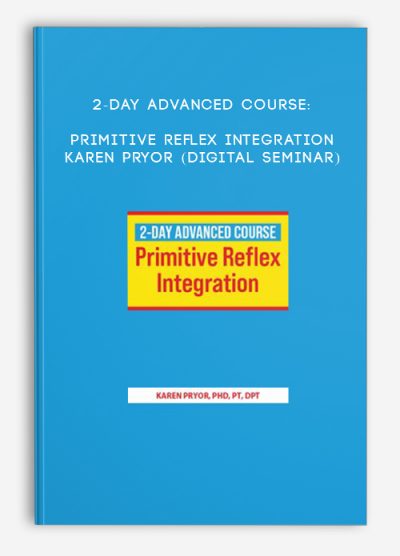
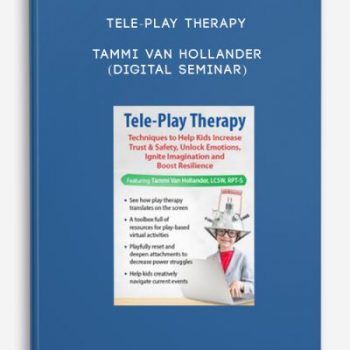
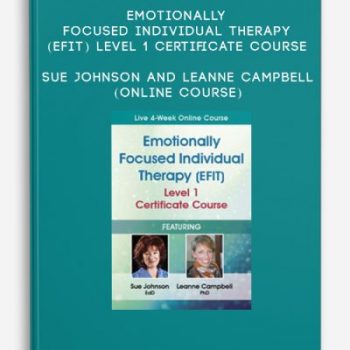
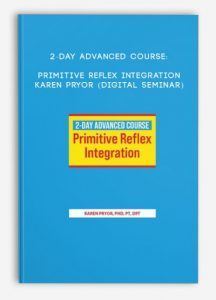


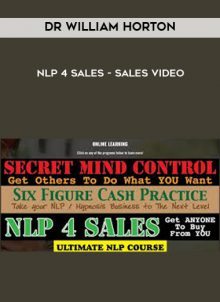




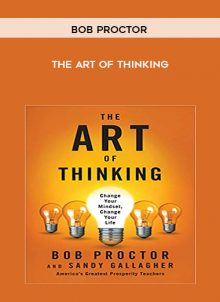
Lord –
This is Digital Download service, the course is available at Vincourse.com and Email download delivery.